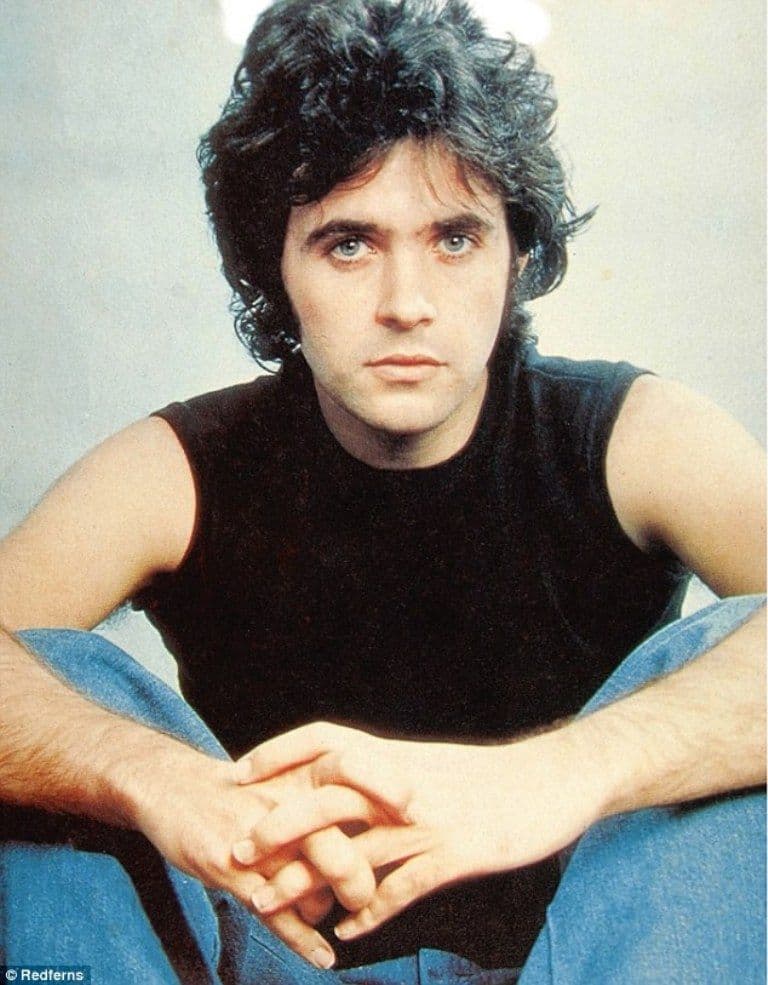
David Essex’s “Oh What a Circus”: A Timeless Theatrical Anthem
In the world of music that blends theatricality with rock and pop, few artists have captivated audiences as effectively as David Essex. With his dynamic stage presence, soulful vocals, and memorable roles in musicals and films, he became a beloved figure of the 1970s and beyond. Among his many memorable performances, Oh What a Circus stands out as a timeless classic, a powerful and dramatic anthem that showcases Essex’s versatility and theatrical flair.
Originally from the 1976 musical “Evita,” with lyrics by Tim Rice and music by Andrew Lloyd Webber, Oh What a Circus was brought to life by David Essex in a 1978 single release. The song quickly gained popularity, becoming a fan favorite and a staple of musical theater enthusiasts. It is characterized by its dramatic intensity, evocative lyrics, and Essex’s commanding vocal delivery.
Oh What a Circus is a song about the fleeting nature of fame, the fickleness of public opinion, and the theatricality of life. The lyrics, written from the perspective of Che Guevara, comment on the life and legacy of Eva Perón, the iconic First Lady of Argentina. The song captures the spectacle of her rise to power, the adoration of the masses, and the tragic circumstances of her death. It’s a reflection on the ephemeral nature of glory, the way public sentiment can shift, and the performative aspect of life, particularly in the realm of politics and celebrity.
The song’s lyrics are both poetic and cynical, capturing the theatricality of Evita’s life and the public’s perception of her. Lines like “Oh what a circus, oh what a show / Argentina has gone to town over the death of an actress called Eva Perón” and “Her moment had passed, her style was no longer the rage” highlight the fickleness of fame and the way public opinion can turn on a dime.
Musically, Oh What a Circus is a perfect example of the theatrical rock style that defined much of Essex’s career. The dramatic melody, combined with Essex’s powerful vocals and the song’s lush instrumentation, creates an atmosphere of intensity and grandeur, reflecting the larger-than-life persona of Eva Perón. The song’s production is both polished and dramatic, highlighting the emotional intensity of the lyrics and Essex’s performance.
Oh What a Circus was not only a critical success, praised for its clever lyrics and Essex’s powerful vocals, but also a commercial one, becoming a hit single in several countries. It has since become a staple of musical theater compilations and a favorite among fans of Essex’s work.
The enduring popularity of Oh What a Circus is a testament to its timeless quality. The song’s themes of fame, public perception, and the theatricality of life continue to resonate with listeners of all ages. It is a song that evokes a sense of drama and spectacle, reminding us of the ephemeral nature of glory and the importance of looking beyond the surface.
For older listeners who are familiar with David Essex’s work, Oh What a Circus is sure to evoke a sense of nostalgia and appreciation for his unique talent. The song takes them back to a time when musical theater was a major force in popular culture, and artists like Essex were bringing theatricality and drama to the pop charts.
But even for those who are new to David Essex or to the musical “Evita,” Oh What a Circus is a song that is sure to make an impression. Its powerful lyrics, dramatic melody, and Essex’s captivating performance make it a must-hear for anyone who appreciates great music, regardless of genre or era.
In conclusion, David Essex’s rendition of Oh What a Circus is a timeless theatrical anthem that explores the complexities of fame, the fickleness of public opinion, and the theatricality of life. It is a song that speaks to the heart of the human experience, capturing the drama, spectacle, and ultimately, the tragedy of a life lived in the public eye. Oh What a Circus is a true gem of Essex’s repertoire and a testament to his enduring legacy as one of music’s most versatile and captivating performers.